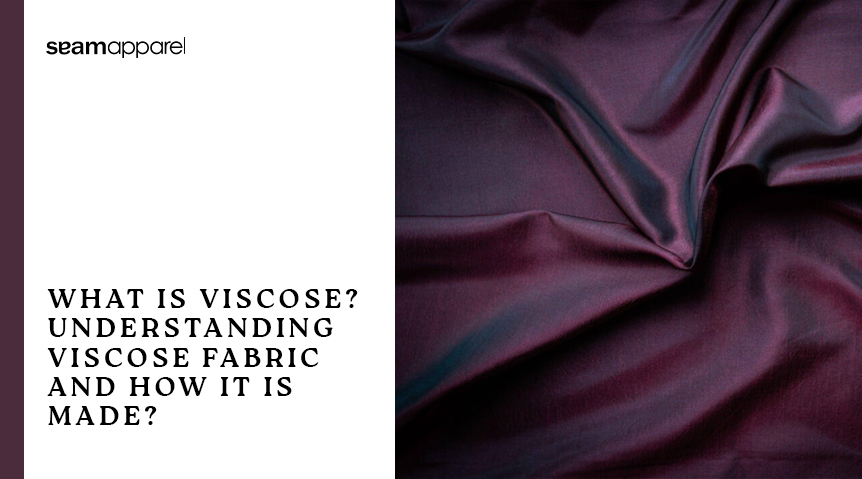Fabric comes in a variety of forms, dimensions, weights, and materials. It could be produced, synthetic, or natural. Different fabrics have different stigmas. We shall discuss the definition of viscose fabric in this blog post. A textile, perhaps a little hazy.
What Is Viscose Fabric?
Viscose is a synthetic fiber made from natural resources. It belongs to the rayon family, which includes modal, lyocell, and viscose. Each is handled differently and turned into fabrics with various characteristics.
Viscose is the name for the thick organic liquid that is recycled into viscose fibers to create fabric. Cellulose, the primary component of plant cell walls, is the source of viscose rayon. To create a fabric that mimics the characteristics of natural fibers like cotton and viscose silk, cellulose is subjected to chemical treatment. Fabric made of viscose frequently has a silky appearance and a cottony feel.
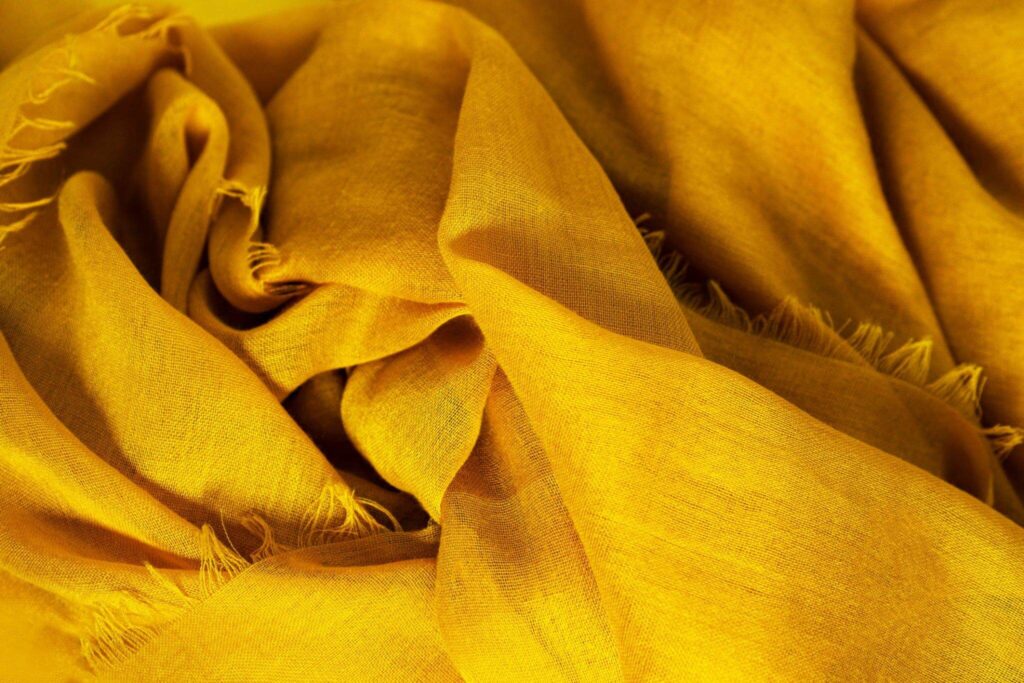

A Brief History
The late 1800s saw the introduction of viscose. It has an intriguing past. The first commercial viscose fiber was created as a less expensive substitute for silk by a French manufacturer and scientist, Hilaire de Chardonnet (1839–1924).
The fabric, however, was so flammable that it was swiftly taken out of circulation until the German Bemberg Company created a better method.
British researchers Charles Frederick Cross, Edward John Bevan, and Clayton Beadle created the viscose rayon production process in 1892. These researchers created the first viscose rayon that was commercially available in 1905.
Production Method – How Is Viscose Made?
Wood pulp from trees that grow and recover quickly enough to be considered sustainable is used to make viscose. Eucalyptus, beech, pine, bamboo, sugar cane, and soy are among the species that are used. What are the stages of production? The phases in the clothing manufacturer of viscose consist of;
Steeping: To assemble pulp from wood, the plant is first chipped. The pulp is then bleached and cleaned after being dissolved in chemicals to create a brown solution. It is now given a sodium disulfide treatment, and as a result, sodium hydroxide alkali cellulose is produced.
Shredding: To create cellulose xanthate, the alkaline wood pulp viscose material is next dissolved in a chemical solution of carbon disulfide. Alkali cellulose is processed into fluffy material using machinery in the second phase. A spinneret is used to pass the solution through. It causes filaments to develop in pulp fabric.
Aging: When cellulose xanthate is dissolved in an aqueous caustic soda solution (between 10 and 12 ° C), viscose, a spinning solution, is produced. Typically, the material viscose used to spin fibers comprises 6.5–9% cellulose (in the form of its xanthate), 6.5-7.5% sodium hydroxide, and around 2-2.5% bound sulfur; the remainder is made up primarily of water and a tiny amount of contaminants.
To produce the proper viscosity, the material is held at a specified temperature after being shredded and then put into a steel container.
Xanthation: Cellulose xanthate is created during this process.
Ripening: The viscose is left to mature for a specific amount of time. Viscose is sent via spinnerets into an acid solution to wet the filament and renew cellulose.
Preparation of the spinning solution: Chemicals are then added to cellulose xanthate to make it soft and strong.
Filtration: In this stage, any undissolved viscose dress material is removed.
Spinning: The last process produces a viscous solution with diameters ranging from 0.05 to 0.1 mm. Viscose yarns can be woven into the fabric after the filaments are spun into them.
Various compounds, such as matting agents (to remove glass sheen in the produced fiber), dyes (for consistent and stable coloration of finished products), modifiers, and surfactants, are occasionally added to viscose (for the production of high-strength and structurally homogeneous fibers).
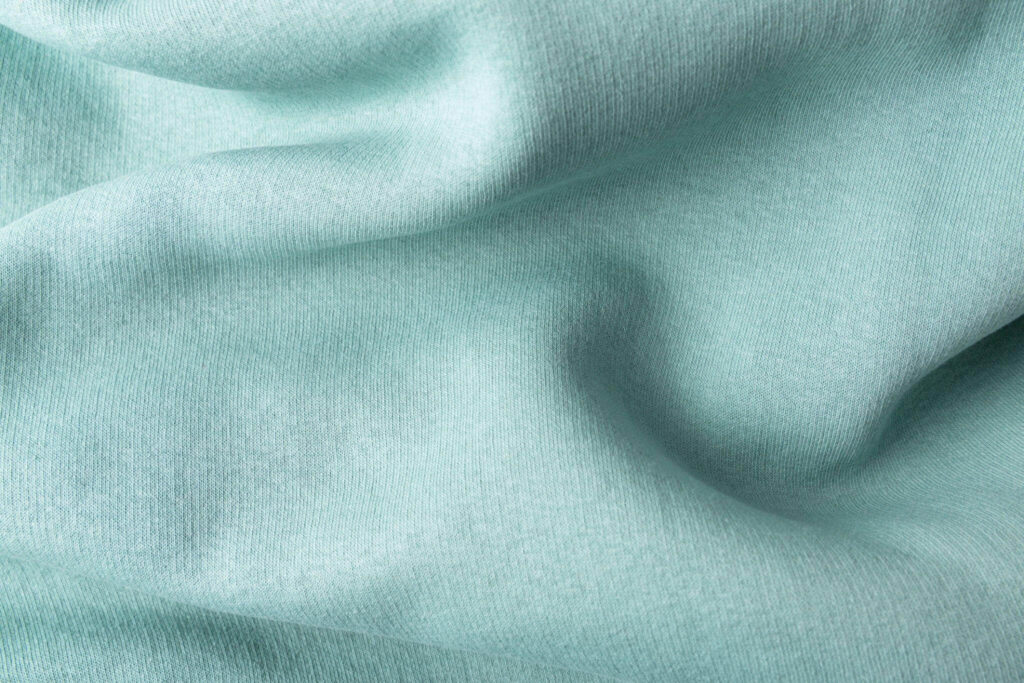

Uses Of Viscose Material:
Where does viscose come from? It is a fabric with several benefits of viscose and is adaptable. Everything has it, even bedding and clothes.
Due to its various viscose properties, viscose rayon is a practical choice for many utilitarian applications. It is frequently utilized in the production of clothing, window treatments, cooling sheets, flame-retardant mattress additives, mattress protectors, and cellophane.
Clothes
The smooth texture of viscose fabric gives garments a sophisticated appearance without costing as much as genuine silk. Velvet created from synthetic materials, which is less expensive than velvet made from natural fibers, is also produced using viscose rayon.
Viscose fabric has a look and feel that works for both formal and informal clothing. For blouses, t-shirts, and casual dresses, it is the ideal hoodie material because it is light, breezy, and breathable. Viscose is incredibly absorbent, making it a good choice for activewear. Viscose material also holds color well, making it simple to find in virtually any shade.
Sheets
If you perspire a lot while you sleep, viscose sheets may be your ideal bedtime buddy. All of your sweat will be wicked away, keeping you cool. Additionally, it doesn’t retain your body’s heat.
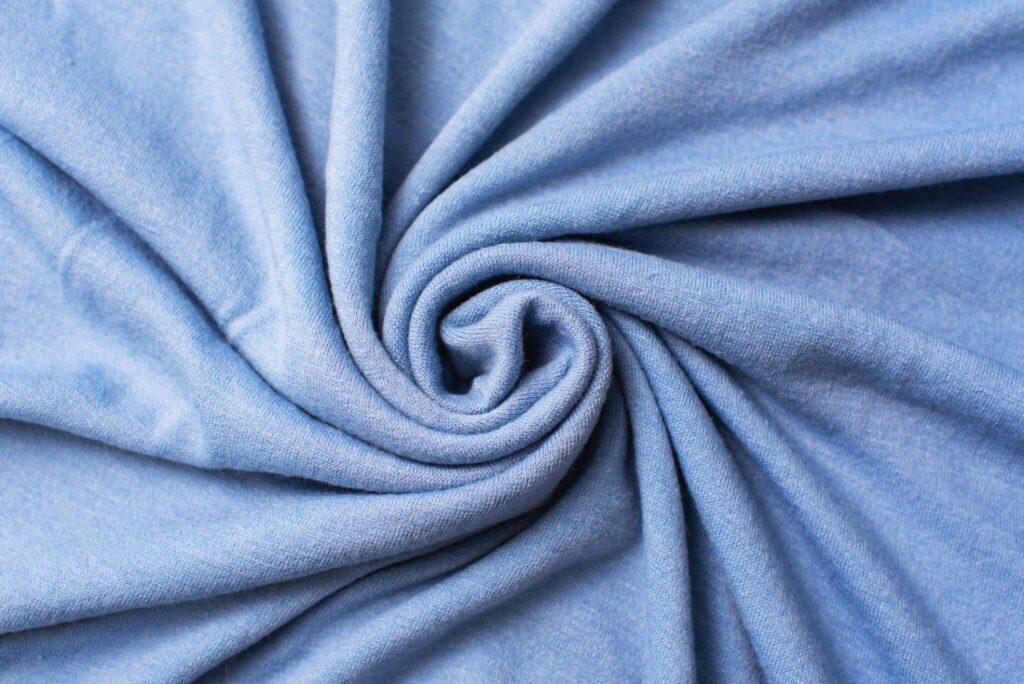

Window Coverings And Drapes
Viscose is a great material for curtains because of how silky and smooth it is. They can give your room an alluring appearance that will draw visitors in.
Flame-Retardants For Mattresses
To ensure that the bedding materials meet the flammability criteria, flame retardants are utilized, and rayon is also used in this regard. The flammability tests are easily passed, and the manufacturing cost is inexpensive.
Cellophane
You’ve probably seen the use of those thin, transparent sheets for food packaging. They are indeed made of viscose. Its limited permeability keeps out germs, water, and air.
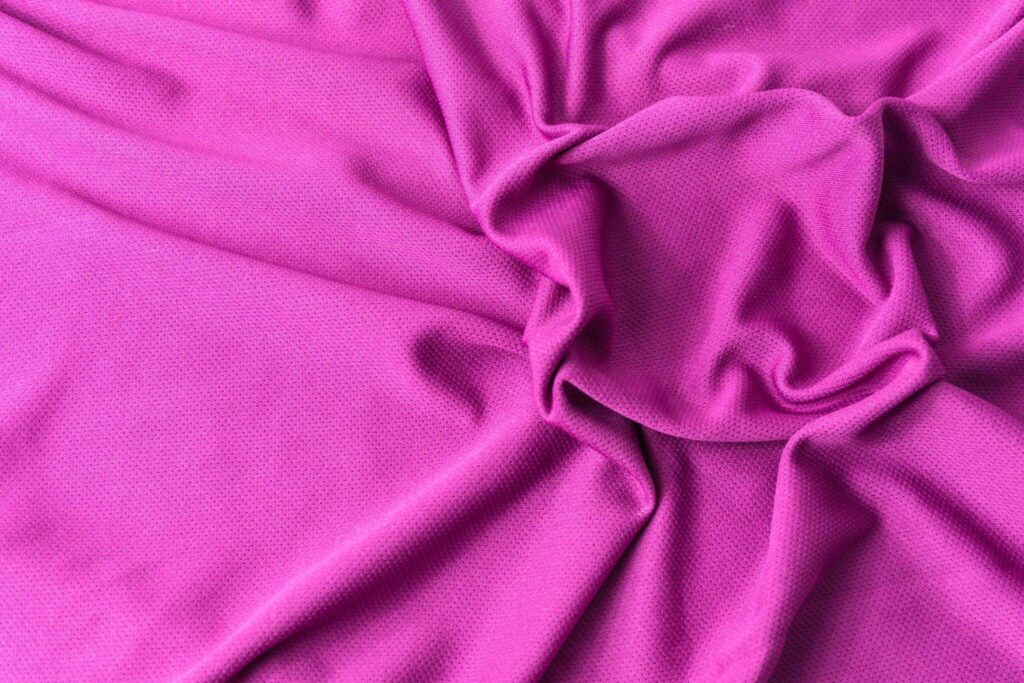

Care For Viscose Fabric:
When the fabric is wet, it loses a lot of its strength and structure. Because of this, cleaning it in the washer could completely ruin your clothing item. The majority of viscose-made clothing goods are marked “dry clean only.” It’s not advised to twist and tug the fabric, so unless you know how to wash it properly, perhaps getting it dry-cleaned would be preferable.
You can attempt to hand wash it because the fabric may come out clean enough this way. Even if you’re not using a washing machine, you shouldn’t ever twist it excessively. You should use cold or lukewarm water and a light detergent because the fabric shrinks during washing. When the item of clothing has been thoroughly washed, press on it rather than twist it to remove the extra water. If you absolutely must use a washing machine, pick the gentle cycle. It is best to let viscose dry naturally.
If your viscose fabric becomes discolored, you shouldn’t scrub it vigorously. Dry stains will be more difficult to remove because viscose readily absorbs colors. Try to remove stains as quickly as possible, but be careful not to rip the fabric too much as this could weaken the yarn and harm your clothing item.
When exposed to heat, viscose is resilient and unaffected. However, it can be challenging to get rid of creases, particularly if they appear when the cloth is damp. Use the viscose silk setting on your iron and a pressing cloth between the fabric and the iron to iron it.
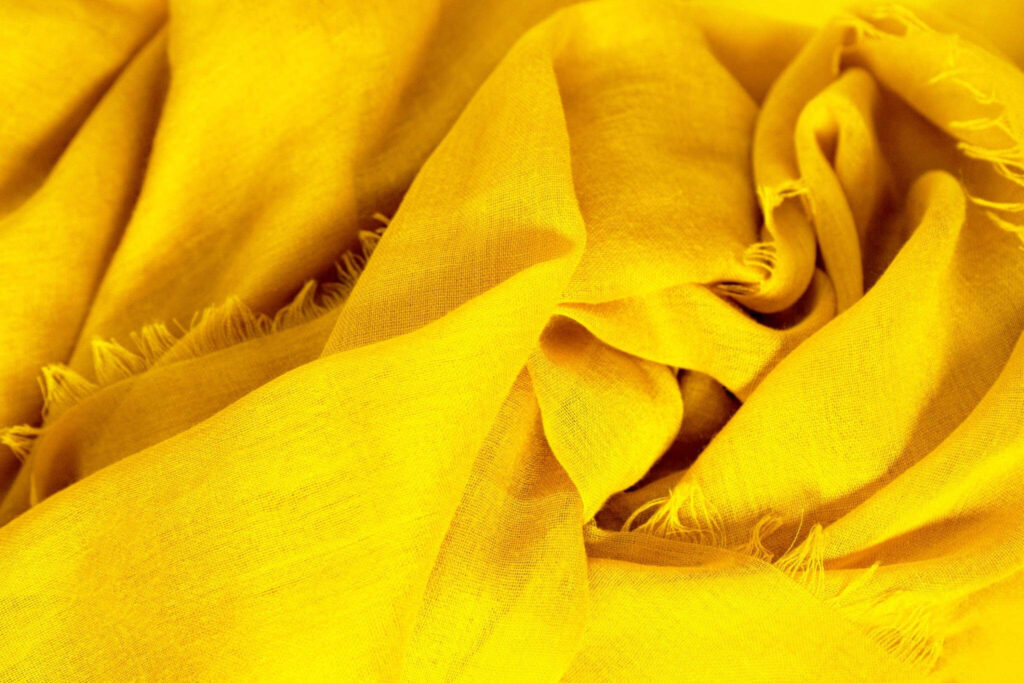

What Should You Think About Before Buying Viscose Fabric?
There are several factors to take into account when purchasing any fabric, and viscose is no exception. Here are a few of the viscose advantages to research:
The Viscosity Of The Cloth
Fabric made of viscose is typically silky and comforting against the skin. The fabric is strong and suitable for many different sorts of clothing, such as dresses, blouses, and pants.
Colourfastness
Viscose fabric takes dye nicely and is simple to dye.
Portable And Soft
It feels as soft as cotton but looks silky because of its sheen. It is also incredibly light. Consequently, you may simply wear viscose cotton, even in the heat.
Absorbent And Breathable
The cloth can be handled with ease. Viscose is often used because of how breathable it is. It does not retain heat and permits airflow. In addition, it effectively absorbs your sweat. You will therefore remain cool on a hot summer day.
Shrinkage
Viscose has the potential to shrink after washing, which is one of its drawbacks as every fabric shrinks differently. When buying viscose, think about getting more fabric or choices that have been pre-shrunk.
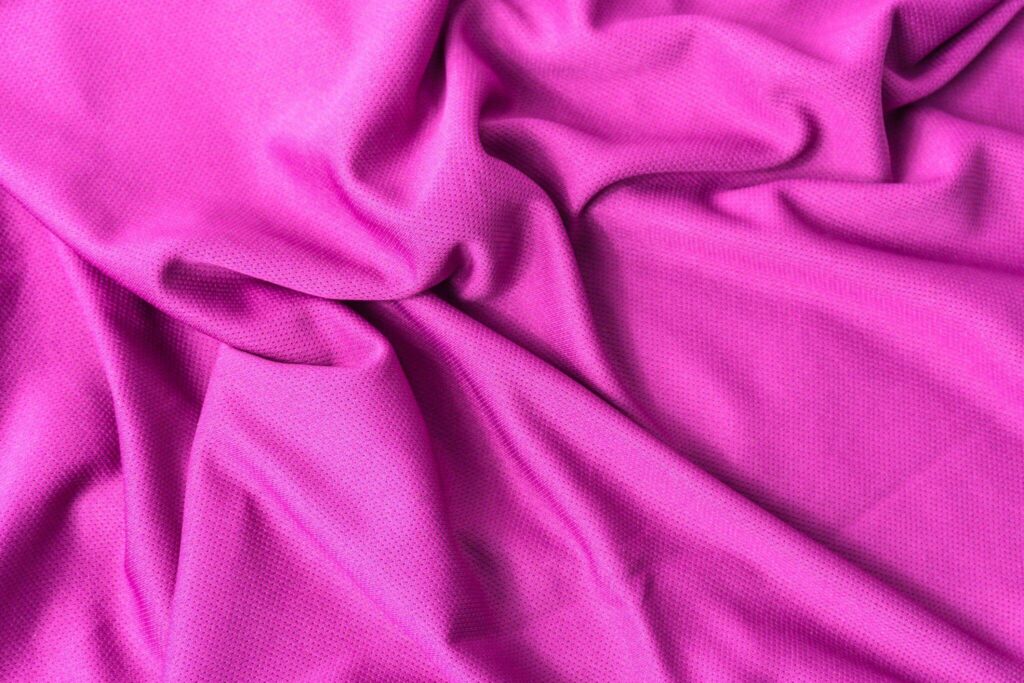

Issues With Using Viscose:
Viscose is undoubtedly one of the most often used materials, but it does have a few drawbacks that you should be aware of. Knowing these characteristics will enable you to decide whether or not you wish to use the material.
- There are wrinkles in viscose. When worn, it wrinkles readily, which might affect how your clothing item will look, particularly if you want to seem excellent for an important occasion.
- It can contract. When cleaning viscose clothes, you should exercise extreme caution to prevent the item from shrinking.
- Although this material is robust, getting it wet causes it to lose a lot of strength. You must treat your wet viscose goods gently.
- Viscose will take in moisture from body oils and perspiration. Long-term effects from this will alter its color, therefore to keep it in good shape, clean it after each use regularly.
Without a doubt, viscose is one of the most misunderstood textiles. It looks fantastic, but given all the negative press, you might decide against buying it. This cloth isn’t entirely synthetic, to begin with. It is constructed of natural fibers that have undergone chemical processing and treatment to create this lovely and supple fabric. Because of this, it is a cost-effective viscose blend of natural and synthetic fibers. Manufacturers and researchers are working very hard these days to make more sustainable varieties of viscose by using environmentally friendly compounds.
Compared to Other Materials: Viscose
Let’s compare modal rayon, silk, cotton, and viscose rayon to see how they stack up.
Viscose vs. Silk
Viscose rayon mimics many characteristics of silk, which is why this material is also referred to as “fake silk.” Natural silk fabric and semi-synthetic viscose blend fabric have similarities and differences in various areas.
Viscose vs. Cotton
Despite being known as artificial silk, viscose rayon feels more like cotton. Both materials provide a cozy feel, which accounts for their widespread use in the apparel and bedding sectors. Here are some points where the two types of fabric are similar and different.
Viscose vs. Modal
Both modal and viscose rayon is made from wood cellulose, and their production methods are extremely similar. They do, however, differ slightly from one another.
Viscose vs. Polyester
Although, is viscose polyester better? Viscose and polyester rayon have lengthy fibers, they come from various sources. Compared to polyester, a synthetic fabric, viscose polyester is made from natural sources and is, therefore, more environmentally friendly. The following are some points where these two fabrics are similar and different:
FAQs
What Type Of Fabric Is Viscose?
In the world of fashion, viscose is one of the most widely used materials. If you have never heard of viscose, you may be familiar with it as rayon. It’s a tree-based, semi-synthetic fiber, but that doesn’t necessarily make it better for the environment or you. The substance has recently raised a lot of environmental concerns. You must be aware of the following.
Is Viscose a Sustainable Fabric?
Viscose is not beneficial for the environment, even though it appears to be because it is made from plants. The chemically produced plant cellulose is extracted from the wood pulp. In actuality, the process’s solvents are bad for both the environment and people. Additionally, the production of viscose contributes to deforestation because a lot of wood pulp is needed to make the fabric.
Final Words
Viscose is unquestionably a wonderful option if you’re seeking a strong, inexpensive material with vibrant colors. It feels pleasant to the touch, is durable for everyday wear, and drapes well. To ensure that your viscose clothing lasts a long time, you need to ensure that you take proper care of it.

